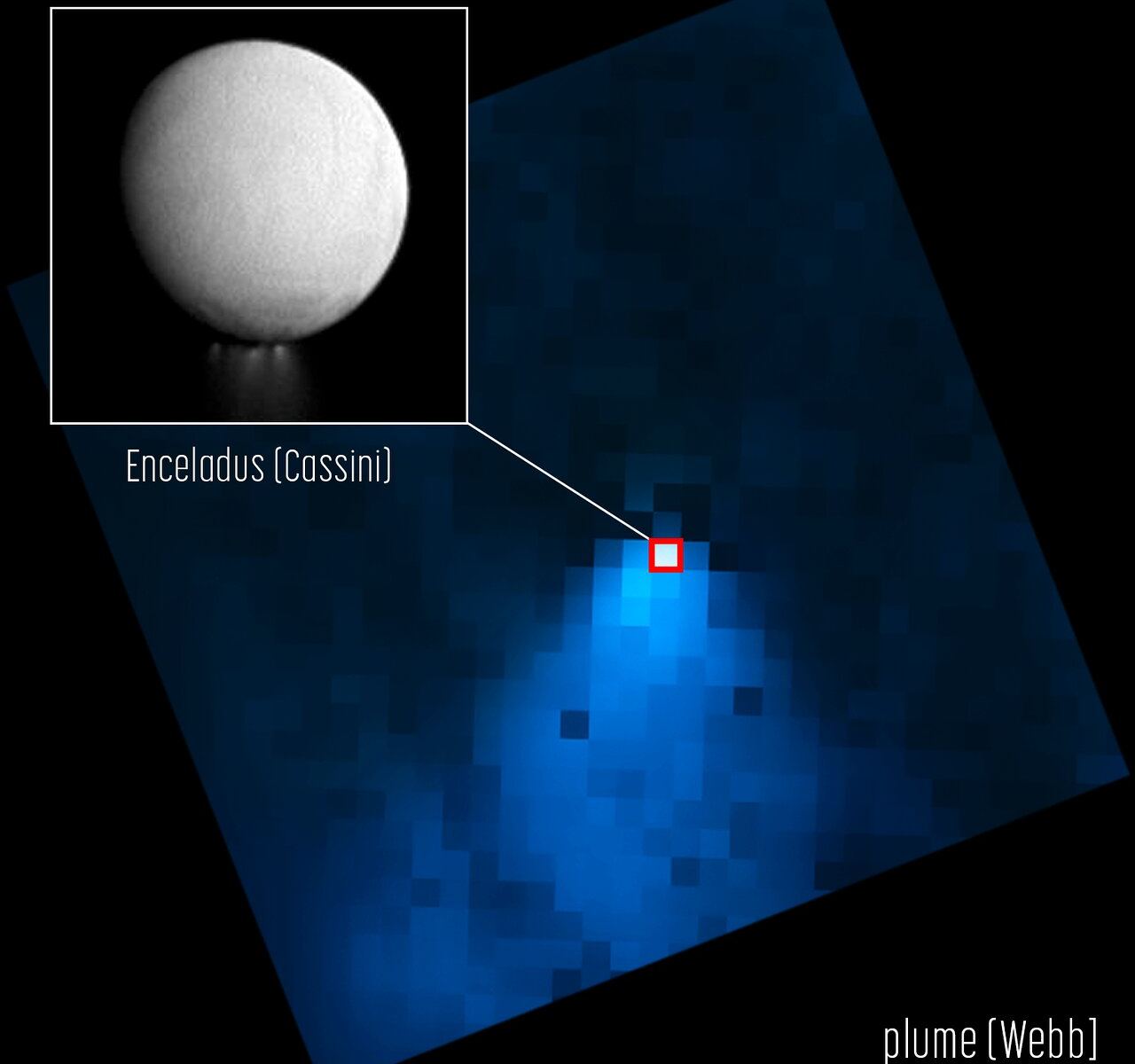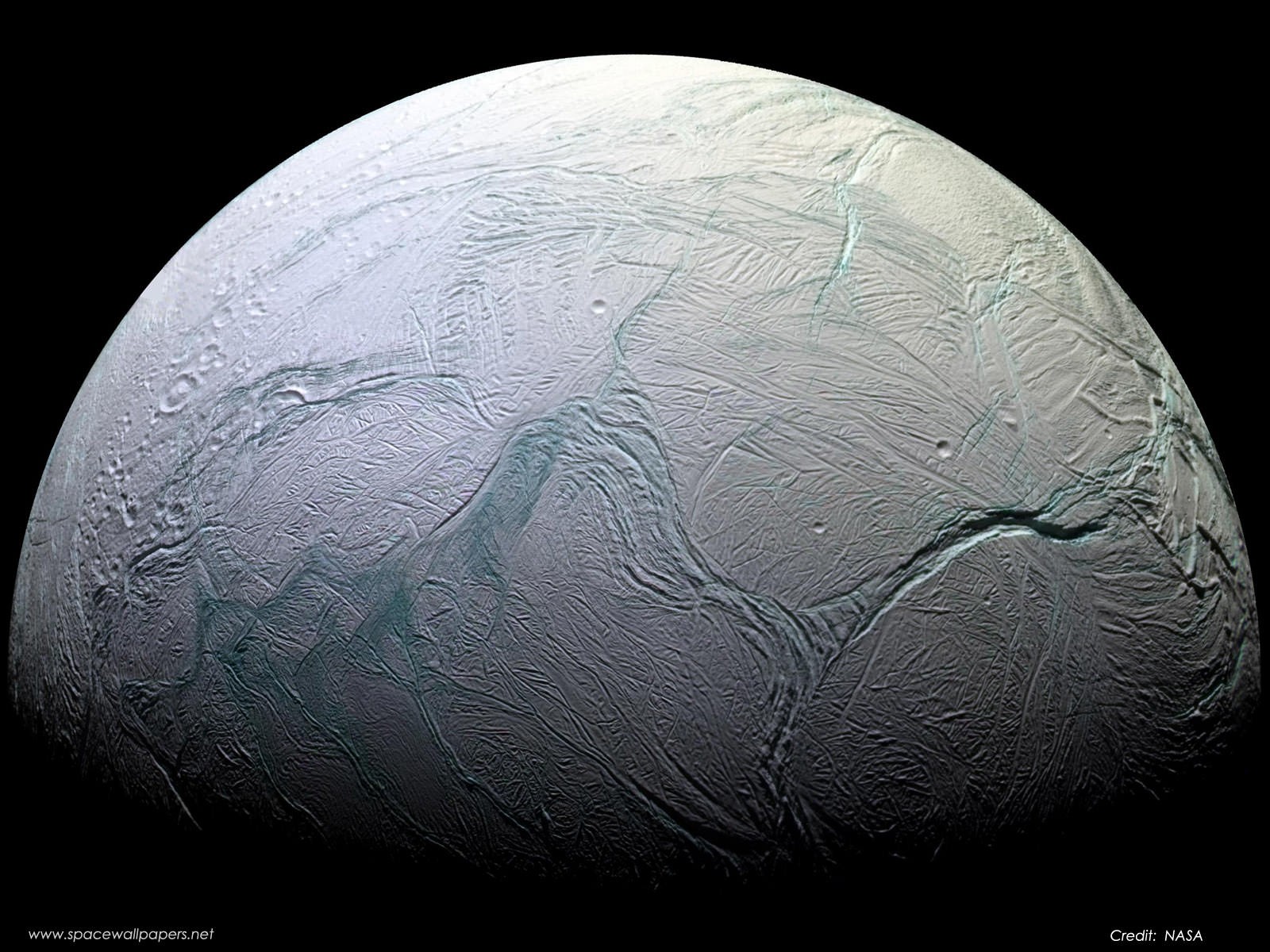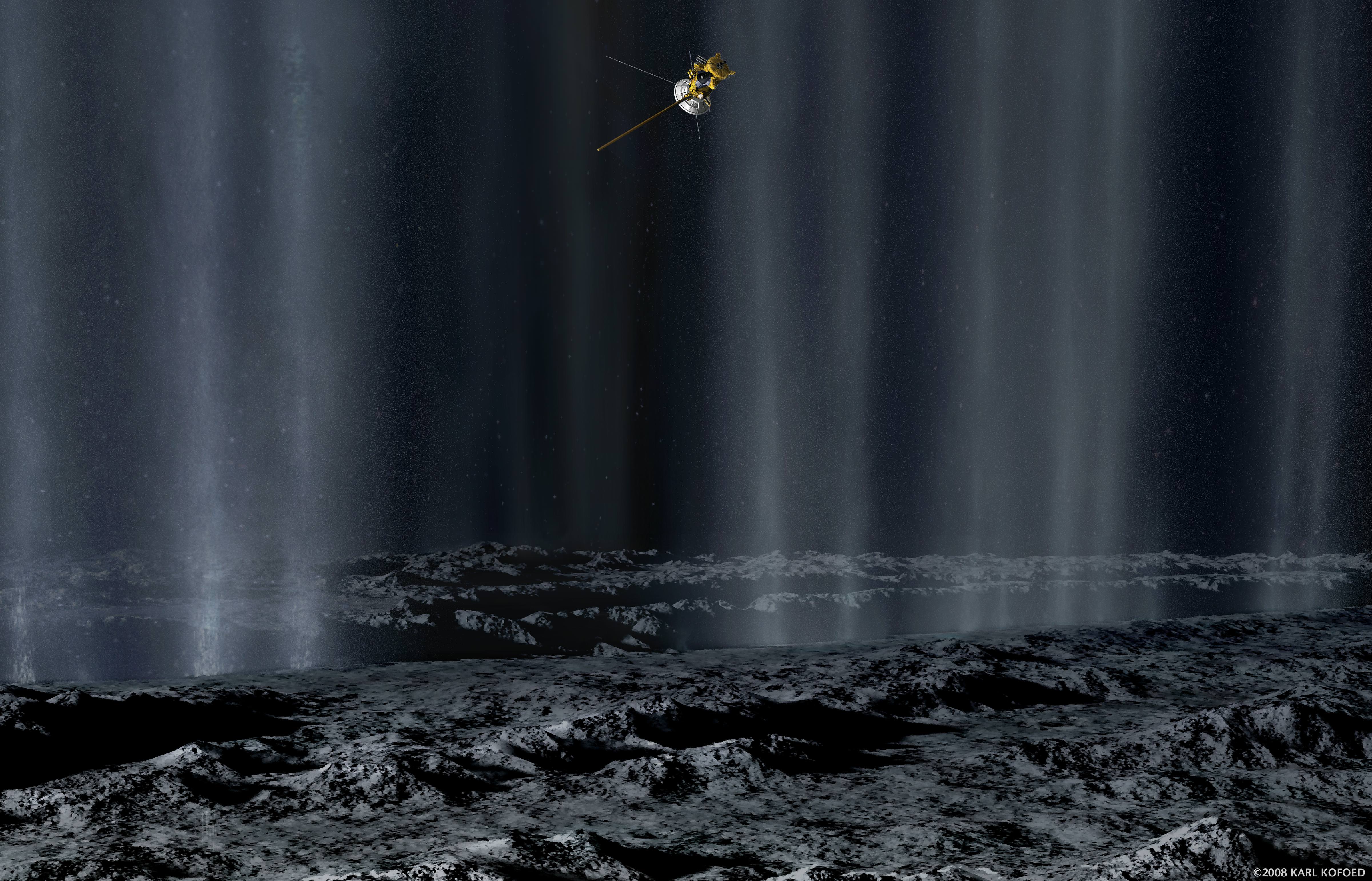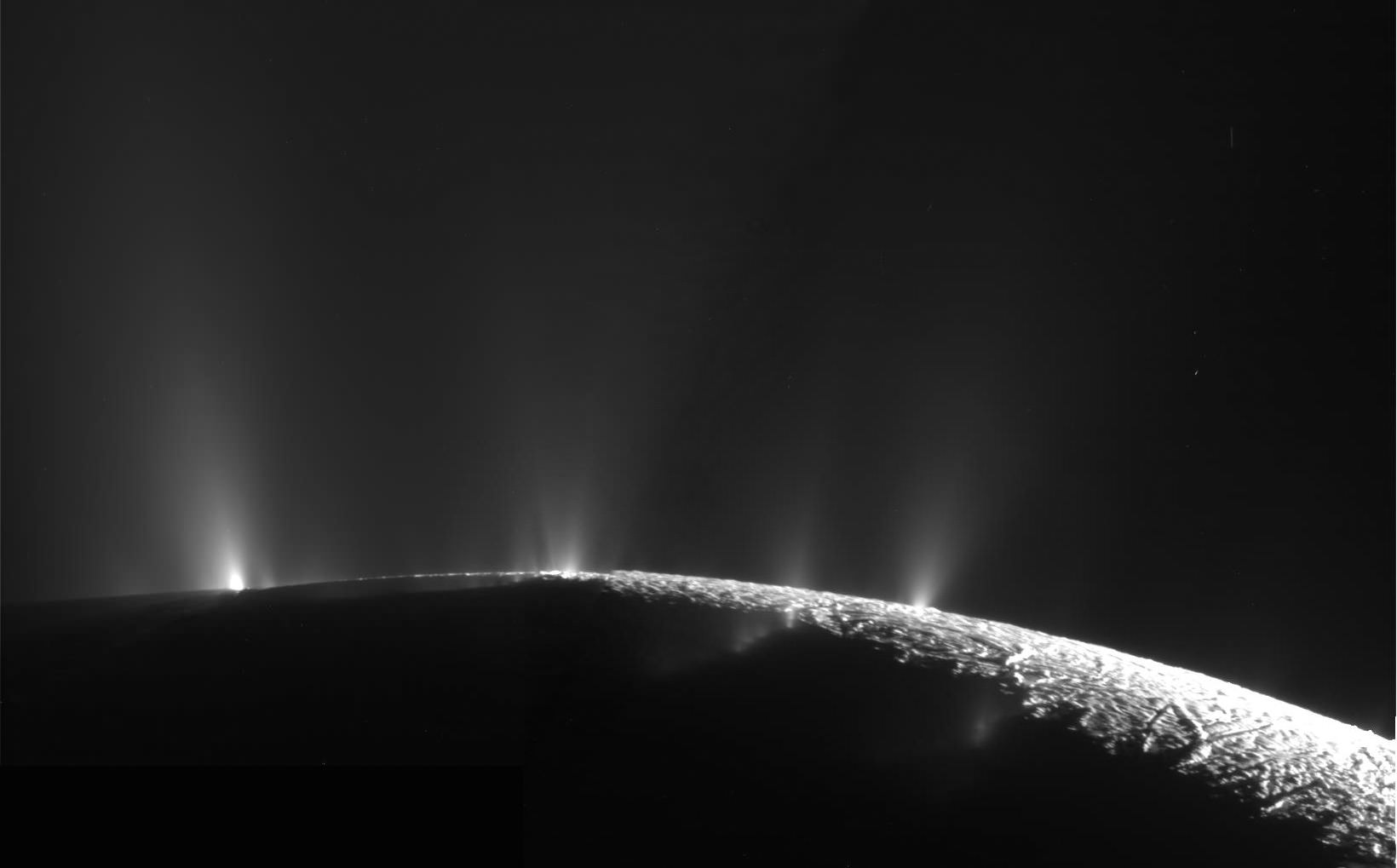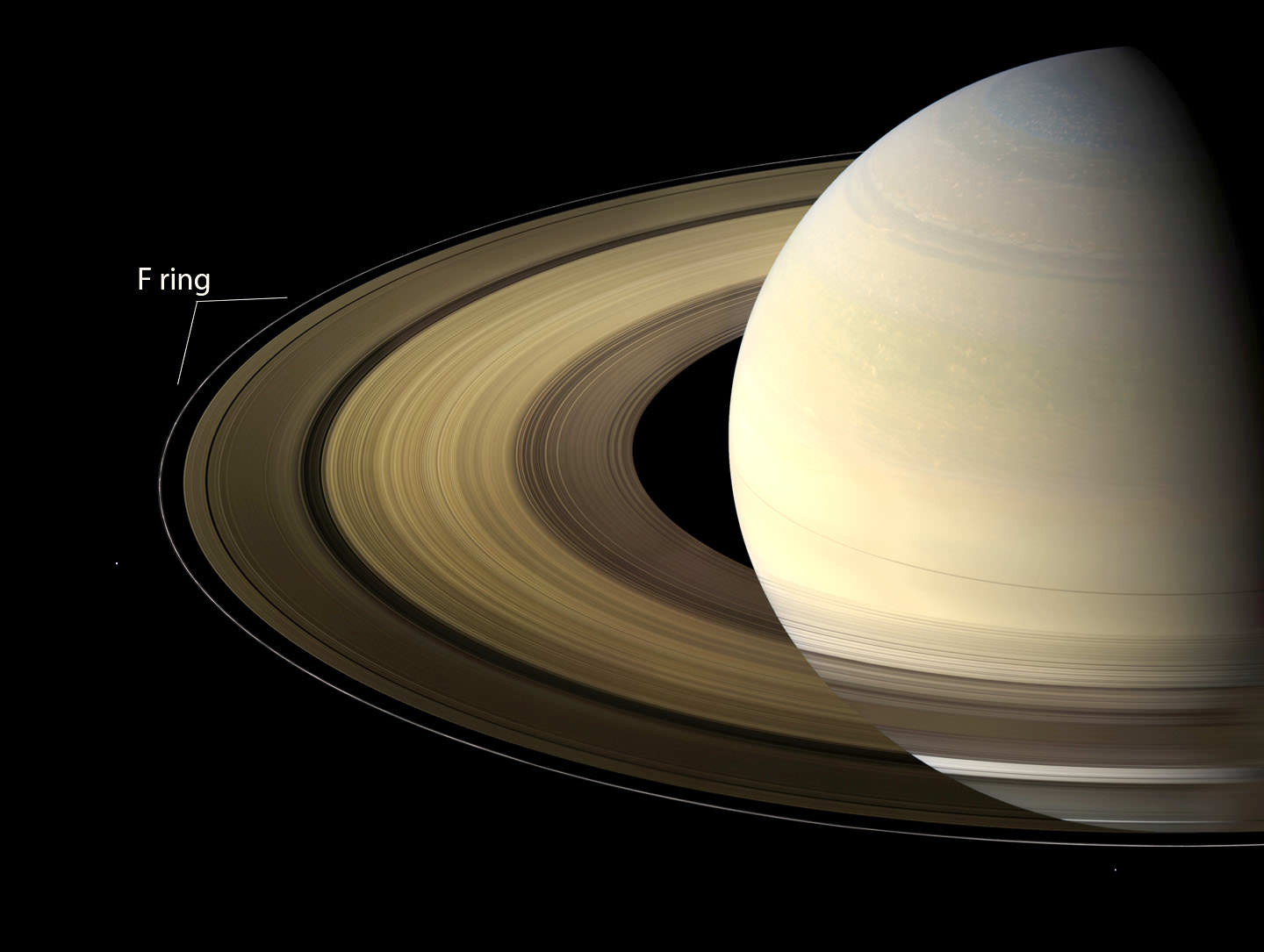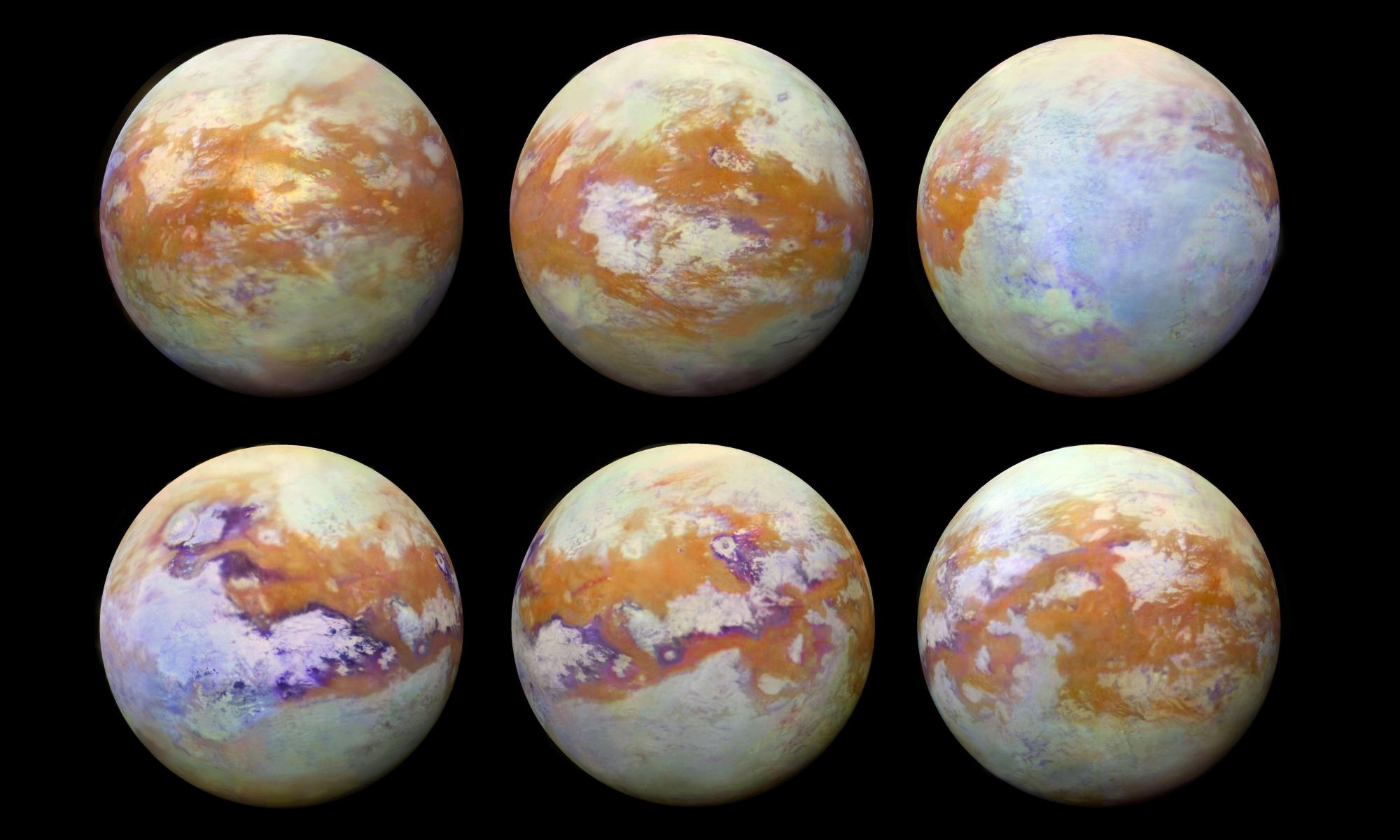The Cassini-Huygens mission to Saturn generated so much data that giving it a definitive value is impossible. It’s sufficient to say that the amount is vast and that multiple scientific instruments generated it. One of those instruments was a radar designed to see through Titan’s thick atmosphere and catch a scientific glimpse of the moon’s extraordinary surface.
Scientists are still making new discoveries with all this data.
Continue reading “Experimental Radar Technique Reveals the Composition of Titan’s Seas”




